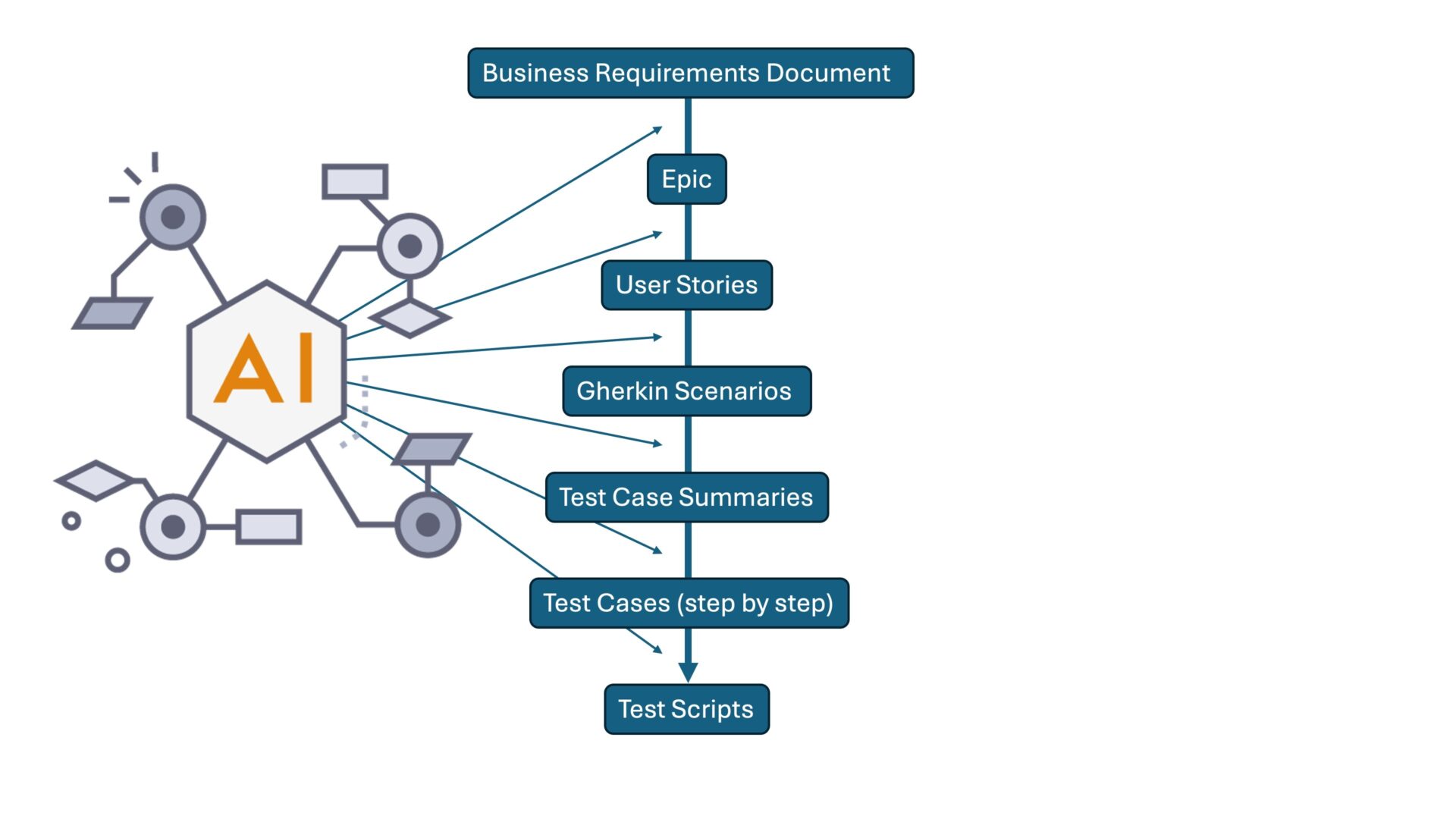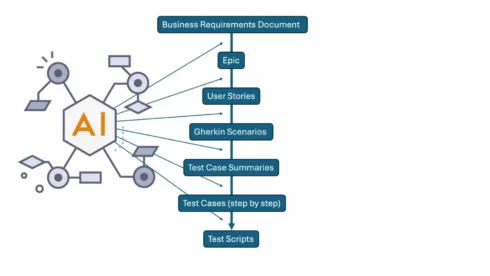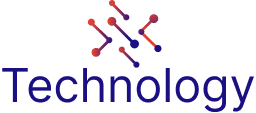

For many years, software program testing has been constructed on a easy concept: people write assessments, machines run them. That mannequin has persevered for the reason that first industrial recorders appeared within the mid-Nineteen Nineties. Testers would document a stream, edit a script, keep it as the applying developed, and repeat the cycle endlessly. Instruments improved incrementally, however the primary course of remained frozen in time.
Now think about the close to future, and in some organizations, the current, the place the complete course of after enterprise necessities are outlined is carried out by generative AI. No recorder. No script author. No armies of QA engineers. Simply AI remodeling necessities into check circumstances, check circumstances into executable scripts, and scripts into immense utility protection.
This isn’t science fiction. It’s the trajectory of QA.
Why Recorders Belong in a Museum
Recorders had been helpful in 1995 as a result of they supplied an alternative choice to writing uncooked code. They captured consumer actions, saved them as a script, and allowed reruns. However they got here with heavy prices. Upkeep was countless. Protection was shallow, since scripts may solely mirror what people explicitly recorded.
Quick ahead to right now, and recorders, even good ones like Playwright, appear to be the horse and buggy in a world of bullet trains. They nonetheless depend on people to think about the stream, execute the clicks, and keep the brittle output. They’re desk stakes, not innovation.
In the meantime, AI can already generate scripts immediately from check circumstances with out touching a recorder. In reality, AI can generate check circumstances themselves by analyzing enterprise guidelines, exploring utility states, and figuring out paths that no human ever thought to test.
At the moment we see enterprises leveraging the newest in AI Script technology having 90% of their scripts totally written by AI by itself. This results in an uncomfortable fact: In a matter of some years, recorders will probably be out of date.
Productiveness Positive factors Too Large to Ignore
Organizations which have adopted true generative AI for testing report productiveness features not of 20 p.c or 50 p.c however 10 instances, 50 instances, even 100 instances what they achieved with recorders. Why? As a result of AI doesn’t simply exchange the recorder. It replaces the complete downstream labor of script writing, script enhancing, and script upkeep.
A single AI system can produce a whole bunch or 1000’s of scripts in hours, all aligned with the present state of the applying. Protection expands from a slim slice of imagined consumer journeys to an unlimited map of precise attainable behaviors. Bugs floor earlier, lengthy earlier than a launch candidate hits staging.
This isn’t simply “sooner testing.” It’s a basic shift in what testing means and achieves what CIO’s have demanded…nearly immediate visibility to any bugs a consumer may discover.
Protection Past Human Creativeness
Human-designed assessments mirror human assumptions. We check the flows we count on customers to take. We test the validations we expect may fail. However customers hardly ever behave precisely as we count on. And complicated functions include hidden states, obscure paths, and fragile interactions that human testers by no means document.
Generative AI modifications that. By analyzing enterprise necessities and constructing a mannequin of the applying (a digital twin) AI can generate and execute flows throughout the complete panorama of potentialities. It explores edge circumstances, uncovers non-obvious bugs, and validates combos that no workforce of people may keep at scale.
The end result is extra protection, higher protection, and protection that evolves mechanically as the applying evolves.
The Emotional Response in QA Groups
In fact, this imaginative and prescient of AI-led testing provokes sturdy feelings. For QA engineers who’ve constructed careers writing and sustaining scripts, the concept that AI can now do all of it might really feel threatening. Some will argue that nothing can exchange human instinct. Others might worry that their jobs will disappear.
The truth is extra nuanced. Simply as builders shifted from meeting to higher-level languages, QA professionals will shift from script writing to AI coaching, technique, and oversight. The rote work of clicking, recording, and enhancing will fade.
Those that embrace true AI will discover themselves free of drudgery and in a position to contribute at the next stage. Those that resist should discover one other subject of labor.
Why Writing Assessments Will Finish
If AI can take enterprise necessities, mechanically generate check circumstances, mechanically convert them into scripts, and mechanically keep these scripts, then why would anybody write assessments manually?
Writing assessments will turn out to be as antiquated as debugging punch playing cards. The bottleneck of human script creation will vanish. The thought of sustaining 1000’s of fragile check scripts will vanish. The recorder itself will vanish.
The CIO’s Dilemma
This shift raises a profound query for expertise leaders. In case you are a CIO, why would you proceed investing in recorder-based check automation when generative AI already delivers orders of magnitude extra productiveness and protection?
It’s not nearly effectivity. It’s about competitiveness. Enterprises that undertake AI-led testing will launch sooner, with fewer defects, and with higher confidence. People who cling to recorders will discover themselves slower, extra error-prone, and in the end much less aggressive.
We’re on the inflection level the place selecting yesterday’s instruments is a strategic legal responsibility.
The Close to Future
Within the close to future, the stream from enterprise requirement to automated validation will probably be seamless. Necessities will probably be written in plain language. AI will translate them into structured check circumstances. These check circumstances will probably be reworked immediately into executable scripts. The AI will then develop protection far past the preliminary circumstances, exploring each path by the applying.
All of that is already taking place with no recorder. Testing will not be a bottleneck. It is going to be steady and AI-led.
As a result of in the long run, stopping the handbook writing of assessments shouldn’t be about changing people. It’s about releasing people from repetitive work to allow them to give attention to what actually issues: constructing higher software program, sooner, with confidence.
The expertise is right here now. Are you prepared?

